Nowadays, while the PV business is developing vigorously, the recycling business of PV modules is also maturing. From the point of view of material composition, used solar panels have great recycling value, which is conducive to achieving real green in the whole life cycle of photovoltaic power generation, thus promoting the sustainable development of the solar industry.
There are generally two ways to deal with the cells recovered from power stations: the first is to resell the well-preserved modules (exported) to achieve secondary use, and the second is to disassemble the modules that can no longer be used and directly recycle the raw materials.

Why the need to recycle solar panels
According to a study by the EU PV CYCLE organization, glass accounts for about 70% of the total weight of used PV modules, aluminum material accounts for about 18%, and semiconductor material accounts for about 4%. Through the recycling of used PV modules, the recycling of rare metals, glass, aluminum and semiconductors can be realized, especially the recycling of rare metals such as silver, tellurium, indium and gallium, which account for 4% of the semiconductor materials. The recovered rare metals can also be used in other cutting-edge technologies to reduce the extraction of primary resources, reduce energy consumption in resource extraction, and reduce the impact and damage to the ecological environment. Currently, the recovery rate of PV modules can reach 96% with the existing recycling technology. In the future, recycling rates will be upgraded as technology improves.
Rystad Energy estimates that by 2035, the PV recycling industry will be able to supply 8% of the polysilicon, 11% of the aluminum, 2% of the copper and 21% of the silver needed to meet the material demand for PV panels installed in 2020.
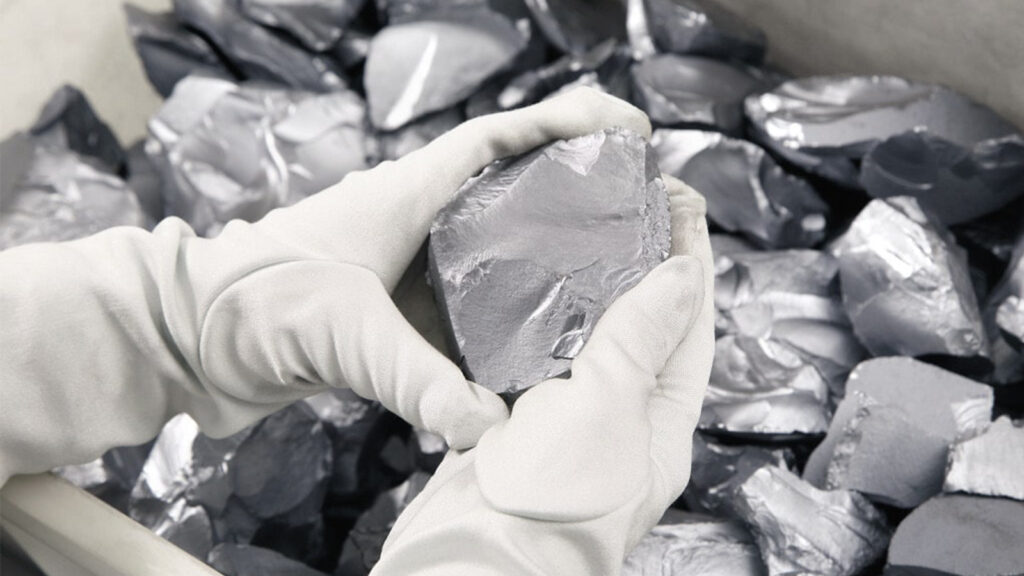
PV recycling policies by country
In recent years, various policies have been introduced in various countries for the recycling of PV modules.
In 2007, the European Union established PV CYCLE, an organization for the recovery and recycling of crystalline silicon photovoltaic modules, which is committed to providing comprehensive recovery and recycling services for retired crystalline silicon photovoltaic modules and has set up a recycling network with partners such as logistics and transportation companies. Since its official launch in 2010, the organization has collected and processed more than 60,000 tons of retired crystalline silicon PV modules.
In early 2023, the Korean government approved a new solar module recycling program. The program is designed to encourage solar equipment manufacturers to reuse modules and reduce the use of hazardous substances to protect the ecosystem.
The Dutch government recently announced that it will increase PV module recycling fees effective July 1, 2023, in response to a sharp rise in discarded PV modules. Dutch importers selling solar panels to local customers will have to pay a recycling fee of €40 ($42.50) per tonne, compared to the current €6.50 per tonne charged for solar panel recycling.
Since 2018, the management of decommissioned PV modules in Germany is governed by the “Elektrogesetz” or “ElektroG” law, which complies with the requirements of the WEEE Directive previously issued by the EU. This regulation requires a recycling rate of 85% for decommissioned PV modules and a recycling rate of 80% for recovered materials. In addition, decommissioned modules in different scenarios require specific decommissioning processes.
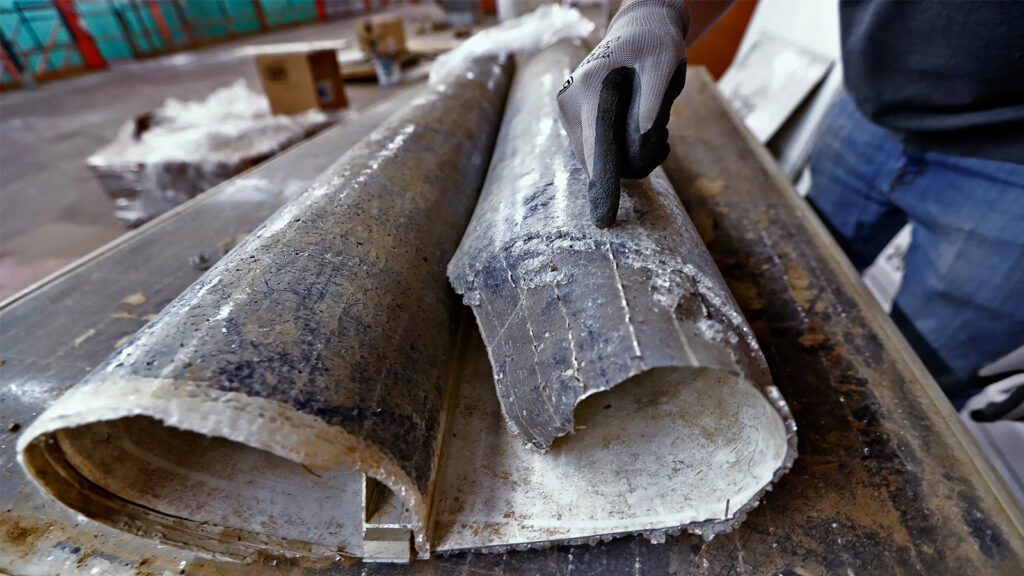
Existing recycling technologies
The main technologies currently available are physical, pyrolysis and chemical:
1) The advantages of the physical method are low cost and simple steps; the disadvantage is that the recovery rate is not high, the metal materials in solar cells cannot be recovered, and the purity of the recovered materials is not high.
2) The advantages of the pyrolysis method are low cost, high recovery rate, and air combustion method can recover the metals in solar cells; however, the disadvantage is that the pyrolysis produces harmful gas, which pollutes the environment and requires subsequent treatment.
3) The advantage of chemical method using trichloroethylene solvent is that the recovery rate is high and the recovered material remains intact; however, the disadvantage is that the cost is high.
There is still time before the end-of-life tide of PV module disposal, and the research of recycling technology for retired PV modules needs to continue to be explored to explore the technology with low cost and high recycling efficiency.
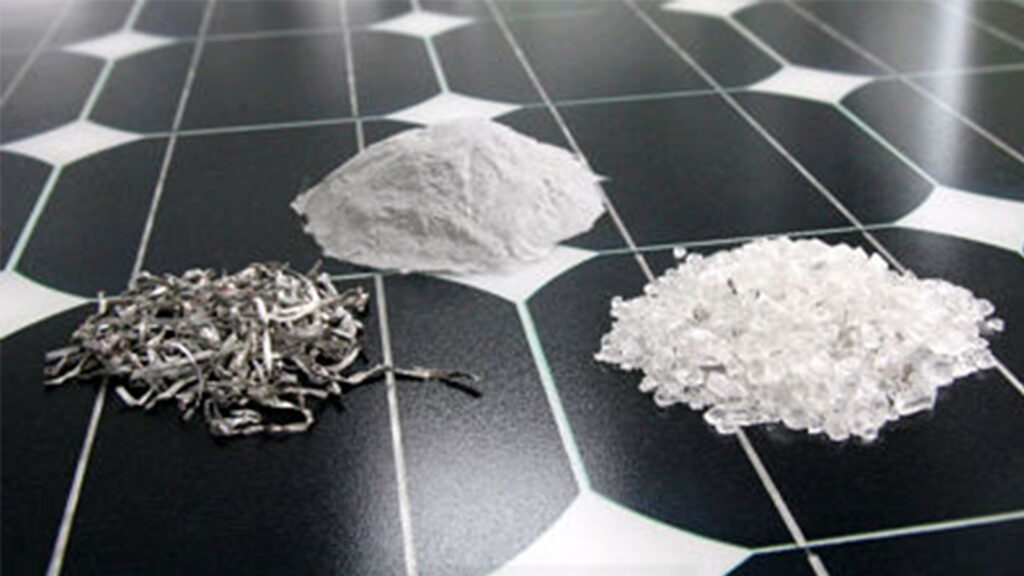
Maysun Solar, as a PV module manufacturer with 15 years of professional experience, can provide you with high quality solar panels, click the button below to contact us for a product quote.
You may also like:

Will Agrivoltaics Affect Crop Growth?
Agrivoltaics combines solar energy and agriculture to reduce up to 700 tons of CO₂ per MW, improve water use, and boost crop growth for sustainable farming.

6.5 Billion Loss Hits Photovoltaics: Reshaping or Elimination?
In 2025, the photovoltaic market may see a turnaround as some companies take early action. A €6.5 billion loss is driving businesses to explore new growth areas like energy storage and hydrogen. Which giants will break through? Industry transformation is accelerating!

What’s New in Solar Energy (March 2025)
March’s solar news highlights include rooftop solar meeting two-thirds of global demand, China’s market reforms potentially boosting solar demand and module prices, France revising solar targets in PPE 3, and challenges in Europe with declining capture rates and price volatility.
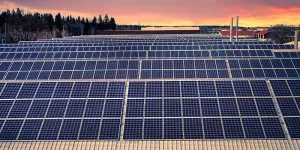
Zero-Investment Solar Projects: How to Earn Passive Income Through Rooftop Leasing?
Monetize your idle rooftop and earn stable annual rent! With the photovoltaic rooftop leasing model, businesses can generate long-term revenue without investment, reduce operating costs, and achieve a green transition.

How to Optimize Photovoltaic Power Plant Operations with AI and Big Data
This article explores three methods of using AI to enhance power generation revenue and reduce operation and maintenance costs in intelligent photovoltaic operations.

Solar Module Costs May Rise by 10% in 2026! In-Depth Analysis of CBAM’s Impact on the Industry
Table of Contents Introduction to CBAM 1. Why Did the EU Introduce CBAM? As the challenges posed by global climate change intensify, governments worldwide are accelerating their efforts to achieve carbon neutrality. The European Union, a leader in global carbon reduction initiatives, introduced
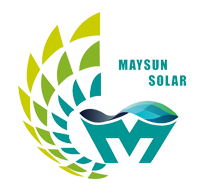
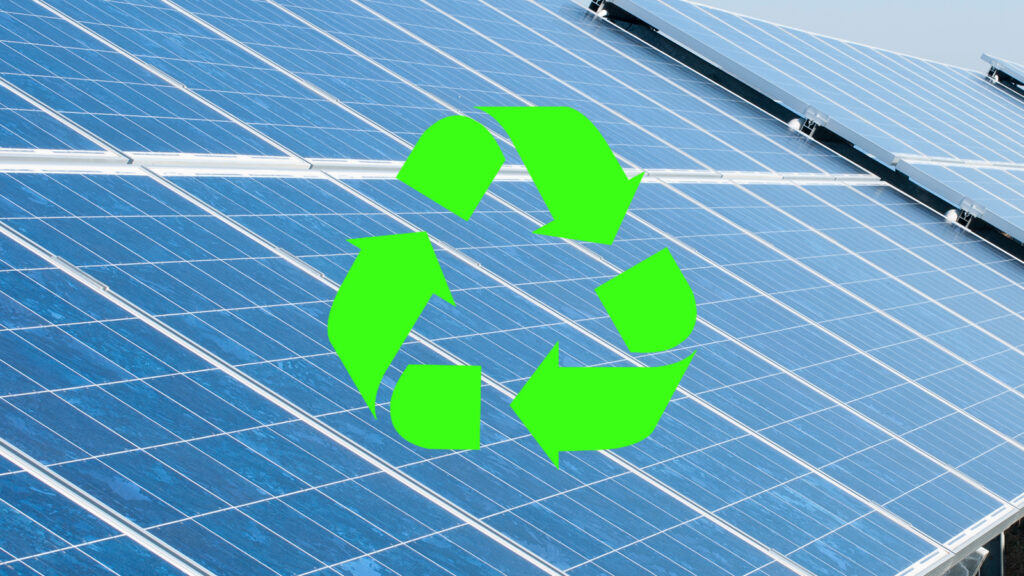
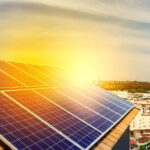
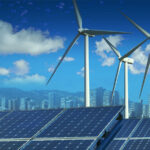
Pingback: Have you read these fake news about PV? - Maysun Solar-Professional Solar Panel Supplier For 15 Years